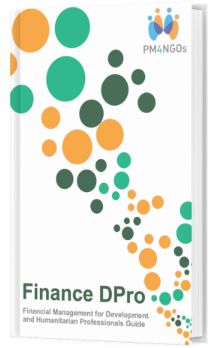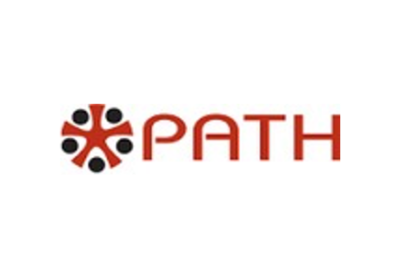Consolidated Program Budget
I want to aggregate project budgets...
What is it?
When an organization runs multiple projects and departments, managers need a way to easily combine – or consolidate – multiple budgets into one table, to give a useful overview at the program or organization levels.
As this table shows, budget information from several projects can be rolled up into a consolidated program budget which serves as a ‘master’ budget covering several programs, or an entire organization.

Consolidated budgets are not organized by activities or deliverables (as they are at project level). Instead, project activities are grouped, ‘rolled up’ and summarized into broader categories according to standard chart of account codes – such as Administration, Personnel, Vehicles or Project Inputs. This depends on the groupings in the organization’s chart of accounts and the level of detail that managers want to see.
How do I use it?
If the project team has already put together a detailed income and expenditure budget that includes the chart of accounts codes, transferring this information into a consolidated program budget should be quite straightforward.
Take, for example, this scenario from the UNITAS organization:
The UNITAS Regional Manager needs a consolidated program budget that rolls up and summarizes the budgets for all the projects in the Delta River Region. The region currently has two operational projects: the Health Promotion Project and Community Capacity Building Project.
Amira manages the Community Capacity Building Project, and she shares her most up-to-date income and expenditure budget. She reformats it from an activity-based budget to a summary format using the account code groups. The Project Manager of the Health Promotion Project does the same and the Regional Manager also provides the central support costs budget for the same period. All budgets are then combined to produce a consolidated income and expenditure budget for the year.
A typical consolidated budget looks like this:

UNITAS has a policy whereby it covers 10% of the central support costs from its own funds, and charges 90% of these costs to its projects through a process called apportionment. The consolidated program budget format helps the Program Manager to show this calculation. The Program Manager and project teams can also now see how each project contributes to the overall financial position of UNITAS in the Delta River Region, i.e. how much of the central support costs are recovered from each project in the regional program.
One of the advantages of a consolidated budget is that it provides an overview of all cost centers including central support costs. These support costs are needed to run both of the projects in the region. The UNITAS projects operate out of one office and they also share several vehicles. The budget also covers the Program Manager’s salary and the costs of organizational Board meetings. Both of the projects will also be audited together as part of the whole UNITAS organization.
As there are a wide range of users and uses for budgets, it’s not surprising that they come in many different formats, with different information tailored to users’ needs. The UNITAS example presents two projects and the central support costs. The same approach of consolidation can be used to present programs with many more projects and cost centers and also the budget of entire organizations.
When do I use it?
A consolidated budget can be useful throughout the implementation of programs or at different points in the planning cycle.
Program Managers use consolidated budgets to maintain an overview of project activities and the cost of shared services. The senior management or the Board may use a consolidated budget showing all programs or departments in the organization.
These consolidated income and expenditure budgets show how support costs are apportioned to each project or program, and how they each contribute to the overall financial position of the organization.
Who is involved?
Consolidated budgets are usually produced by Program staff working with the project teams and finance teams to collect information for all cost centers in one place.
Consolidated budgets also provide an overview of financial information which may also be useful for sharing with partner organizations or local communities. These consolidated budgets need to be summarized to provide information relevant for these audiences, and not to overload the users with details which are not relevant for them.
Tips:
It is essential to use account codes consistently across projects and programs to enable you to produce a consolidated budget.

Supported & Developed by:
Shared by:
Users are free to copy/redistribute and adapt/transform
for non-commercial purposes.
© 2022 All rights reserved.



















 .
.